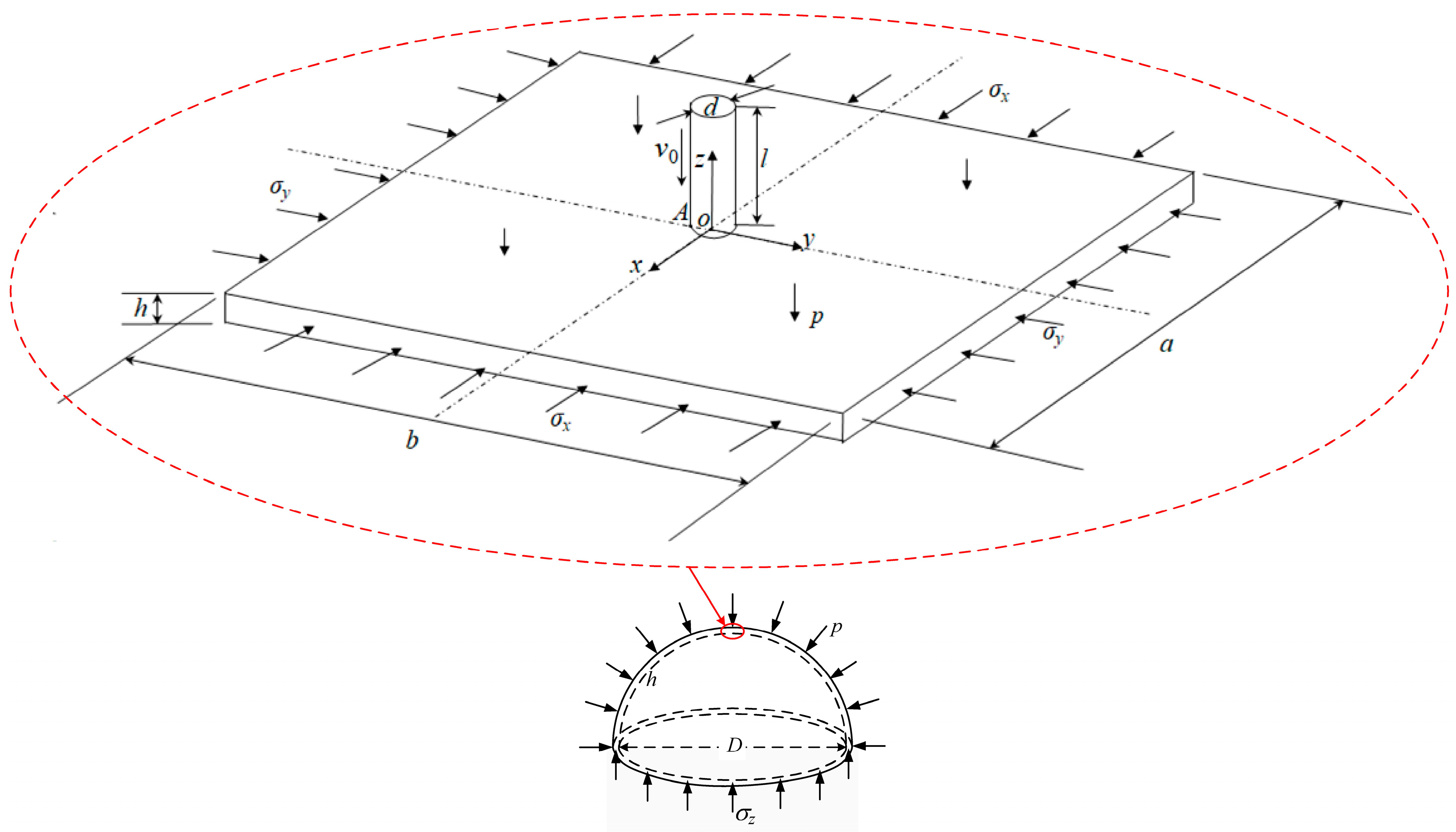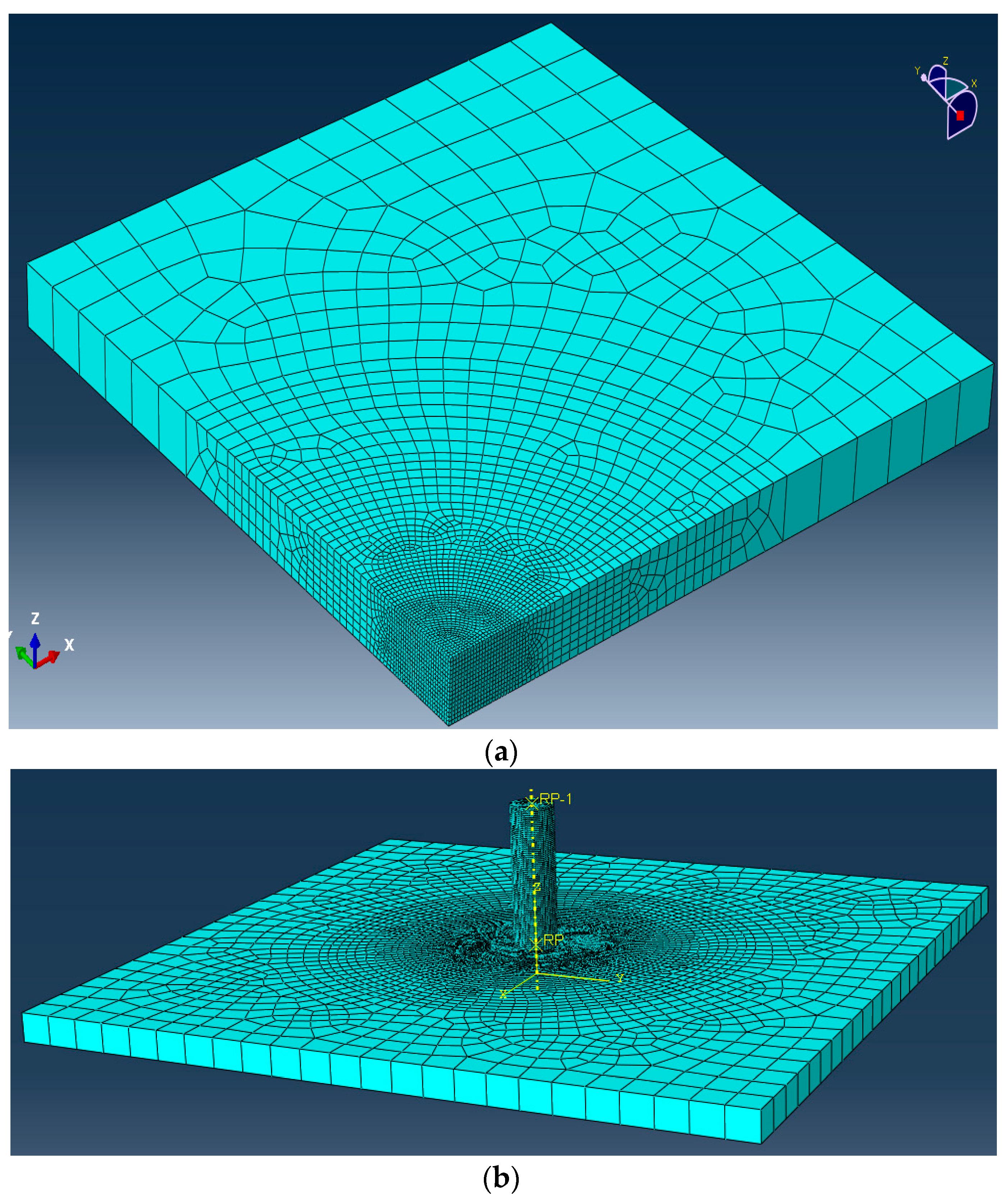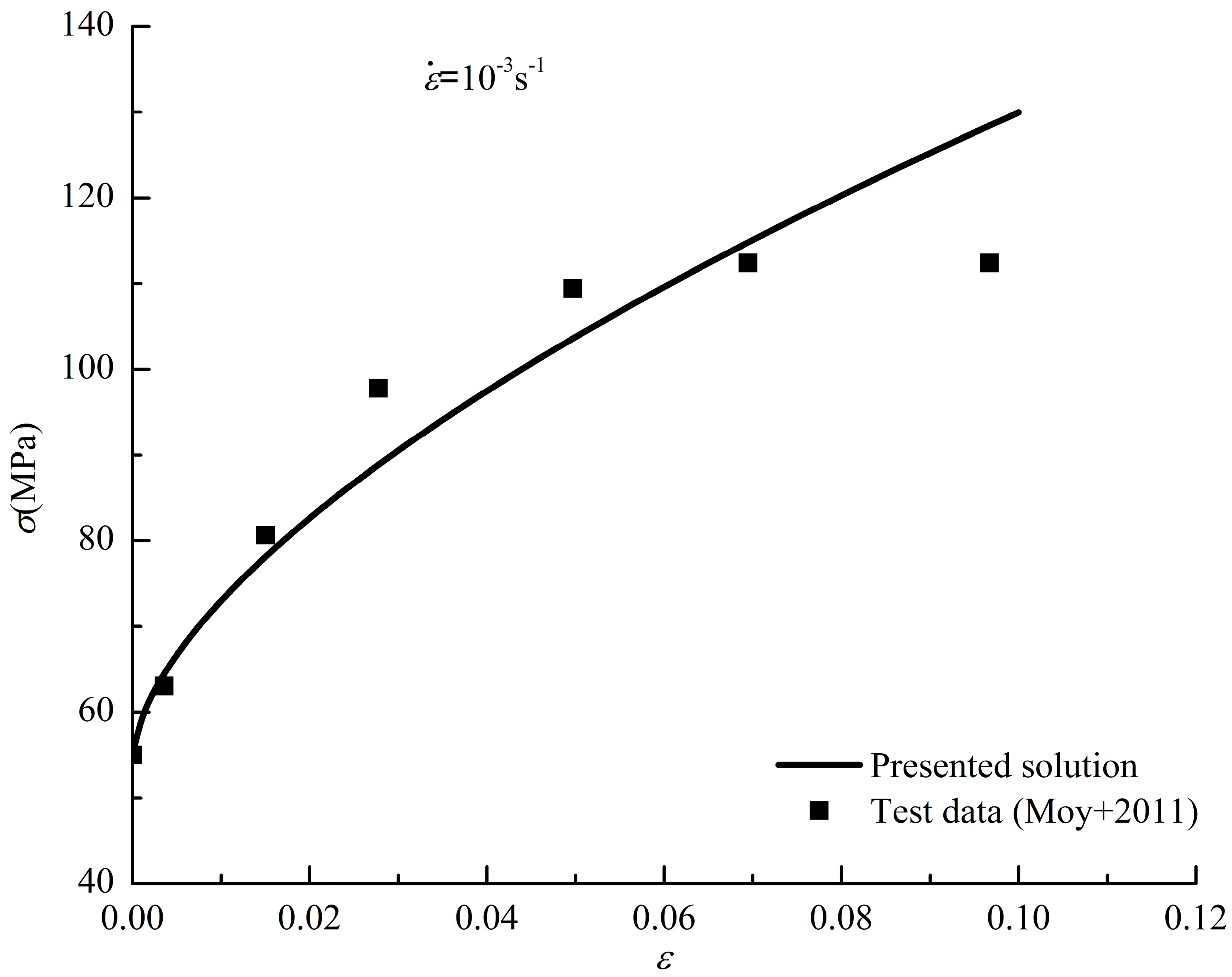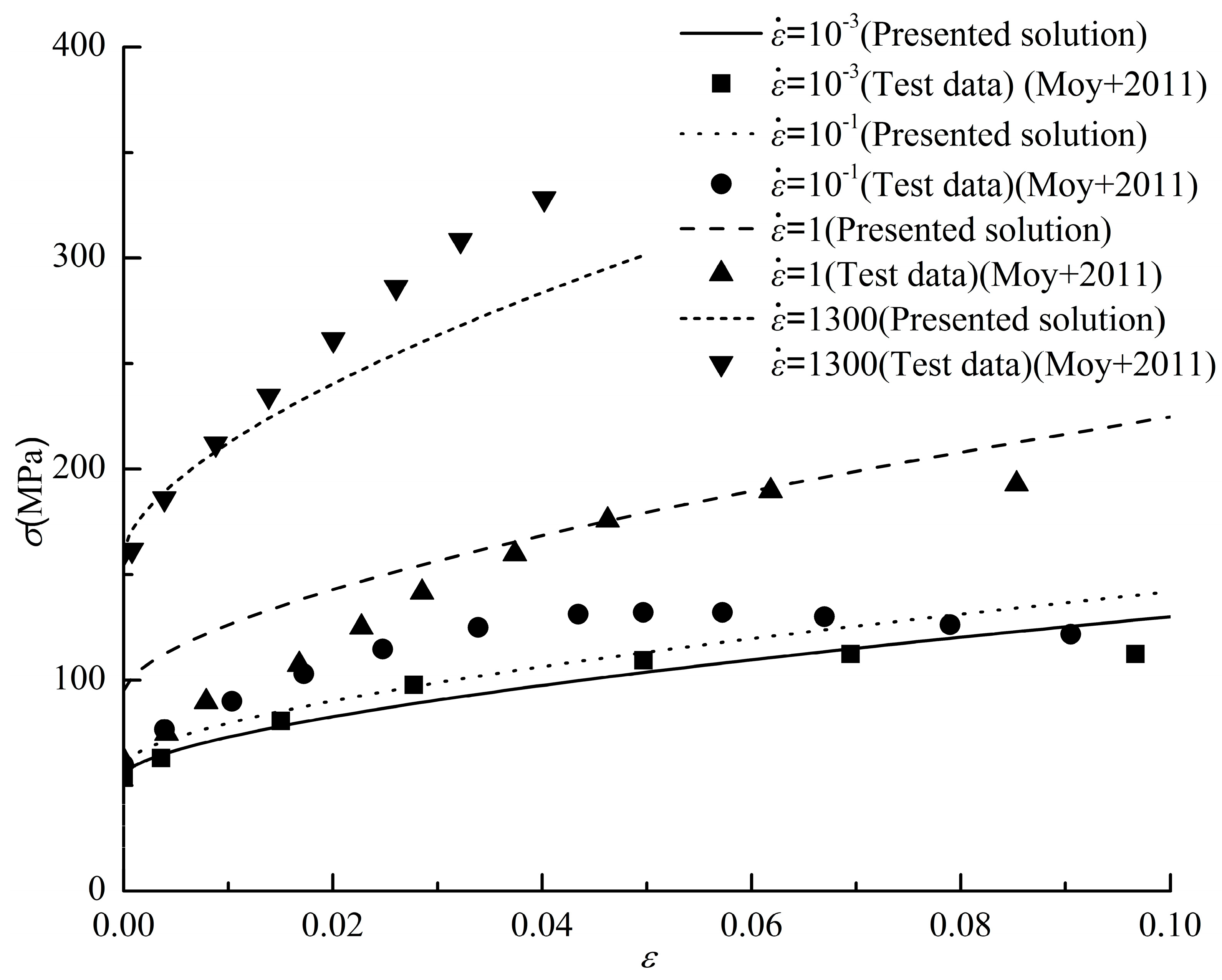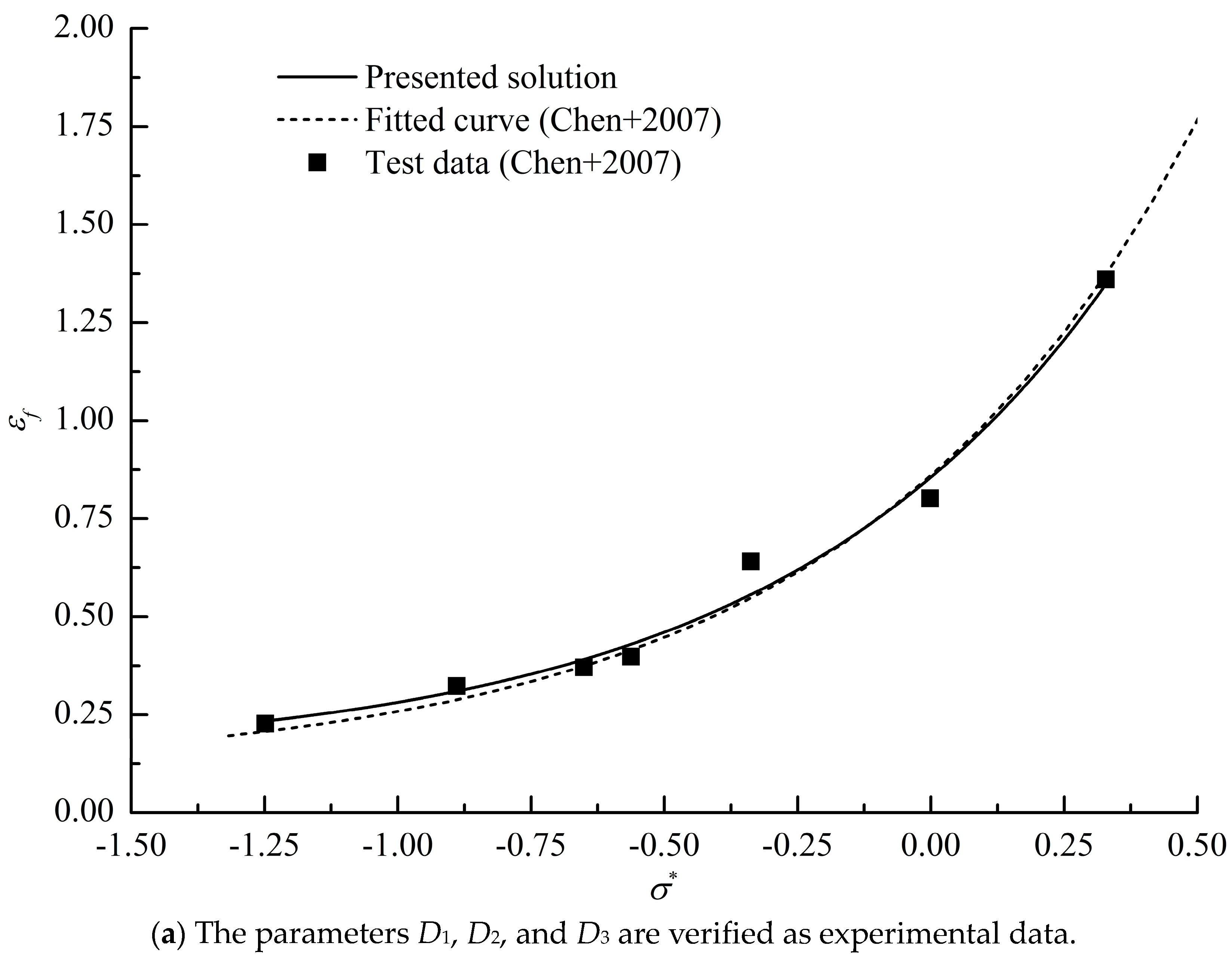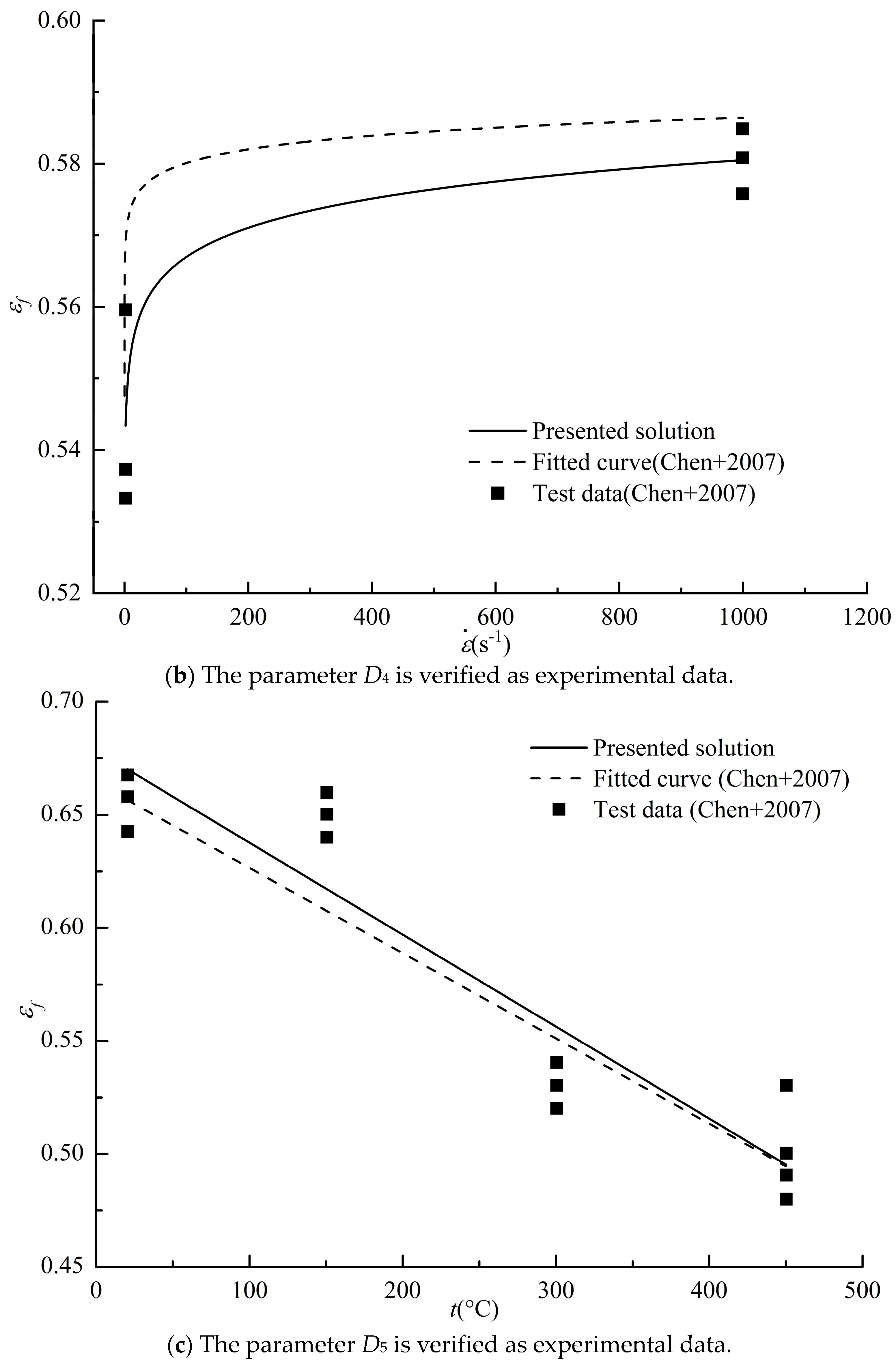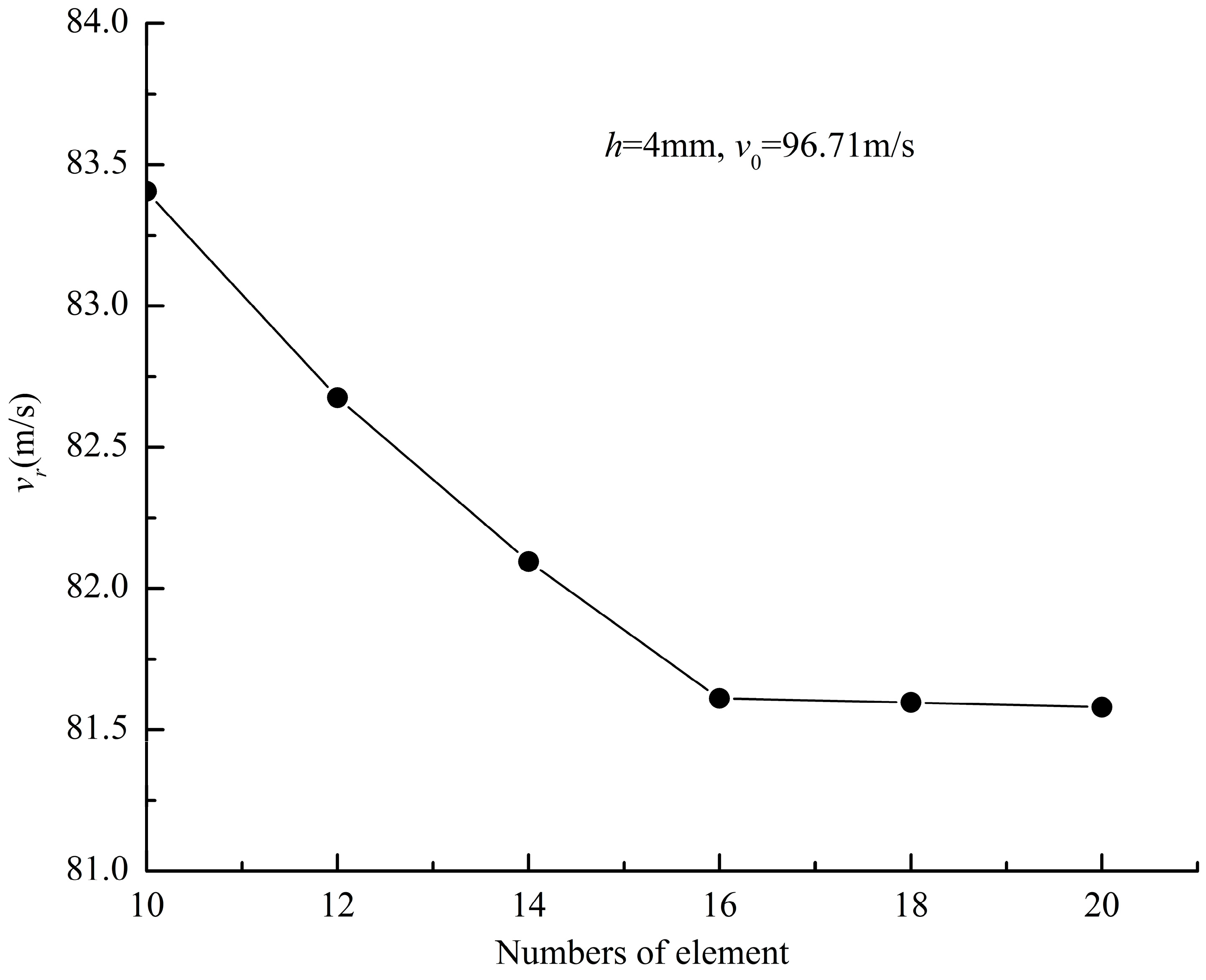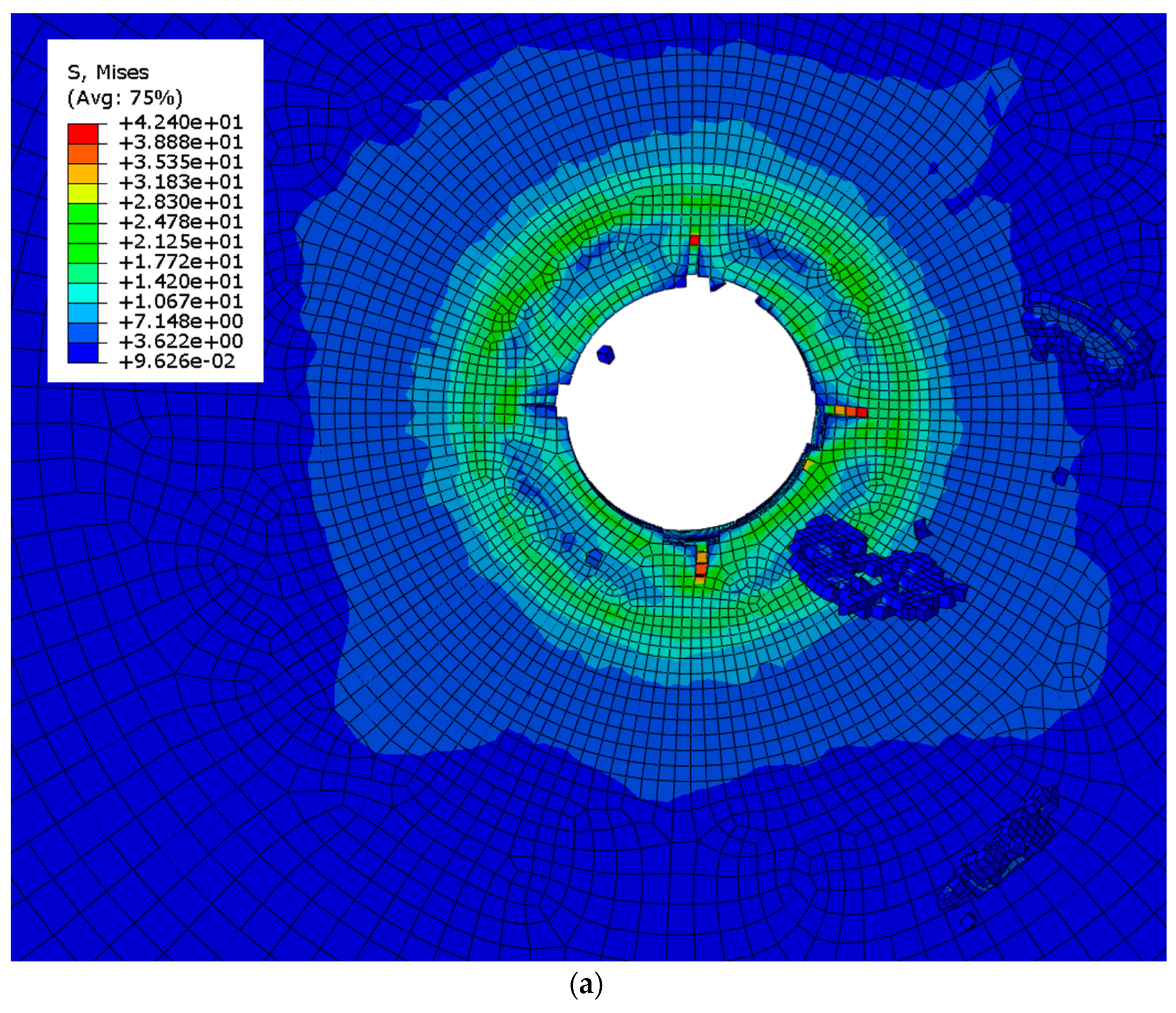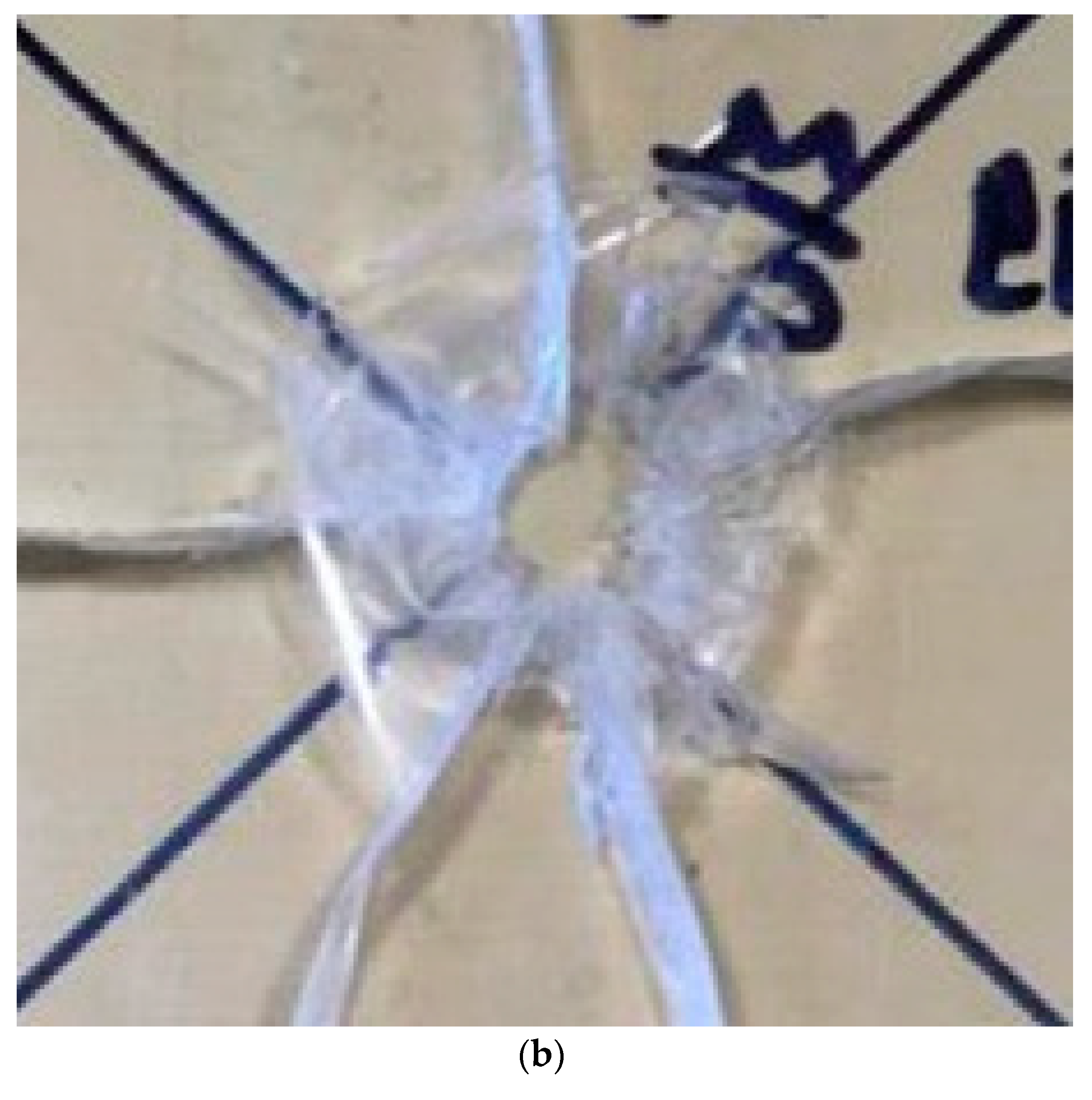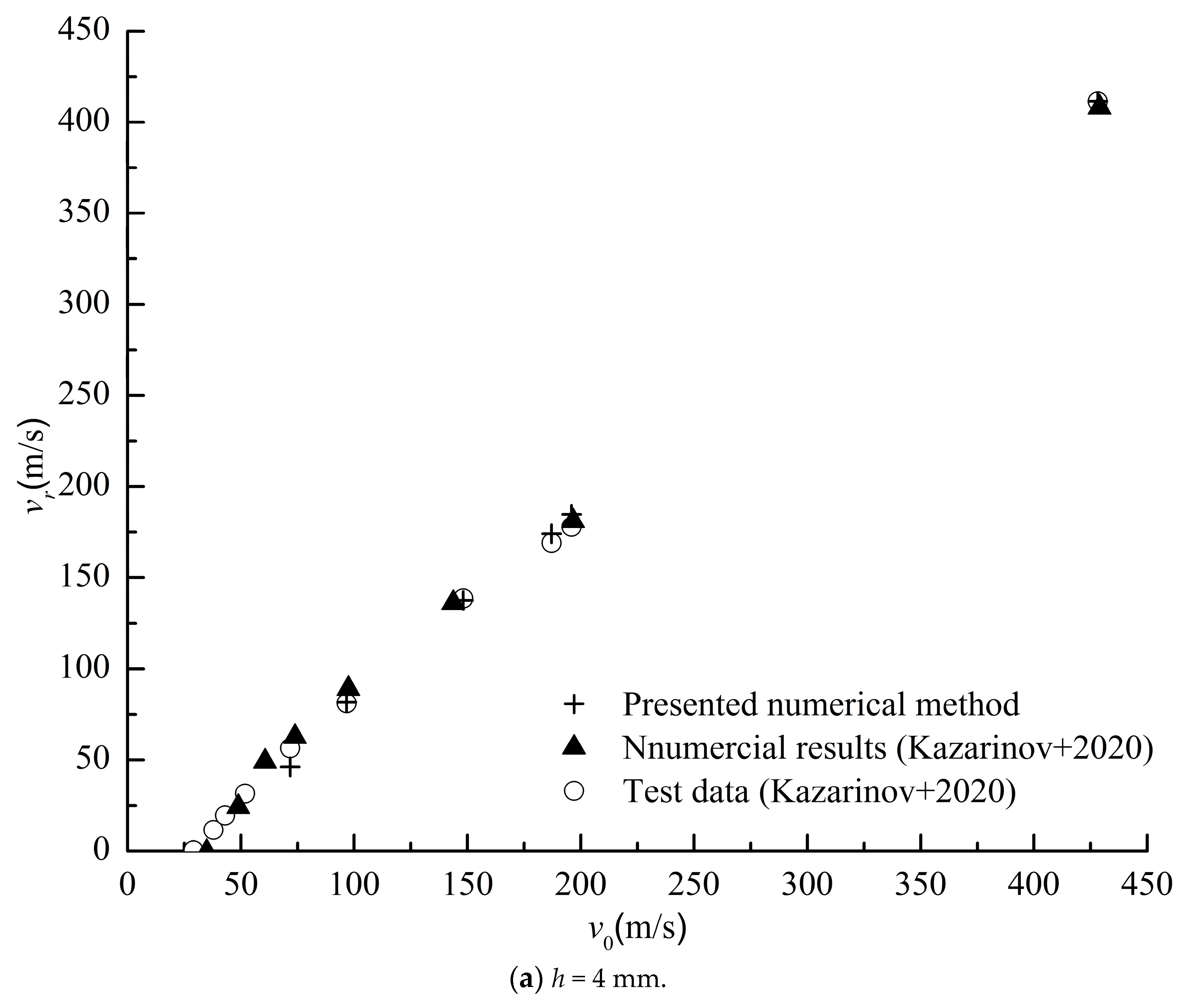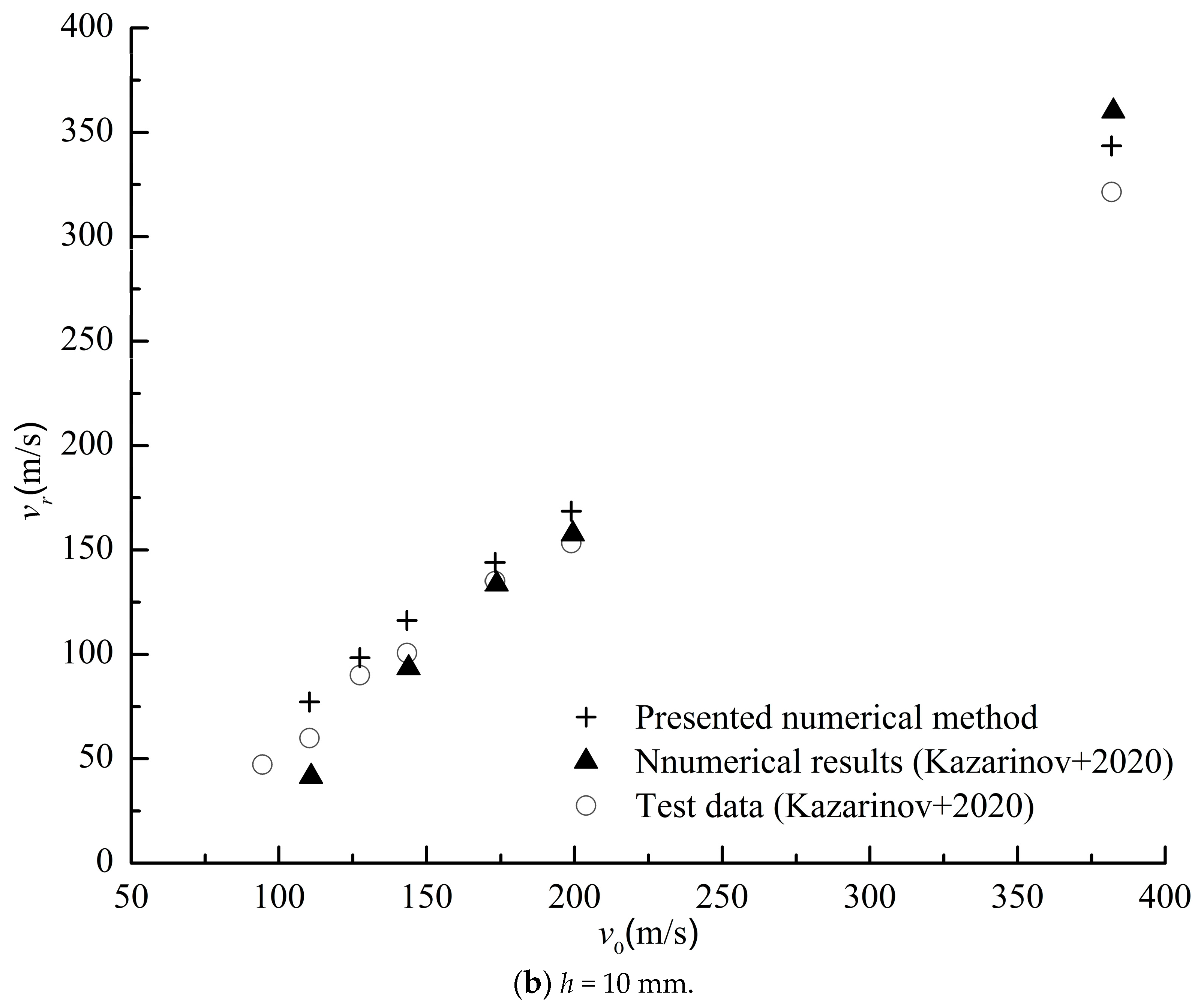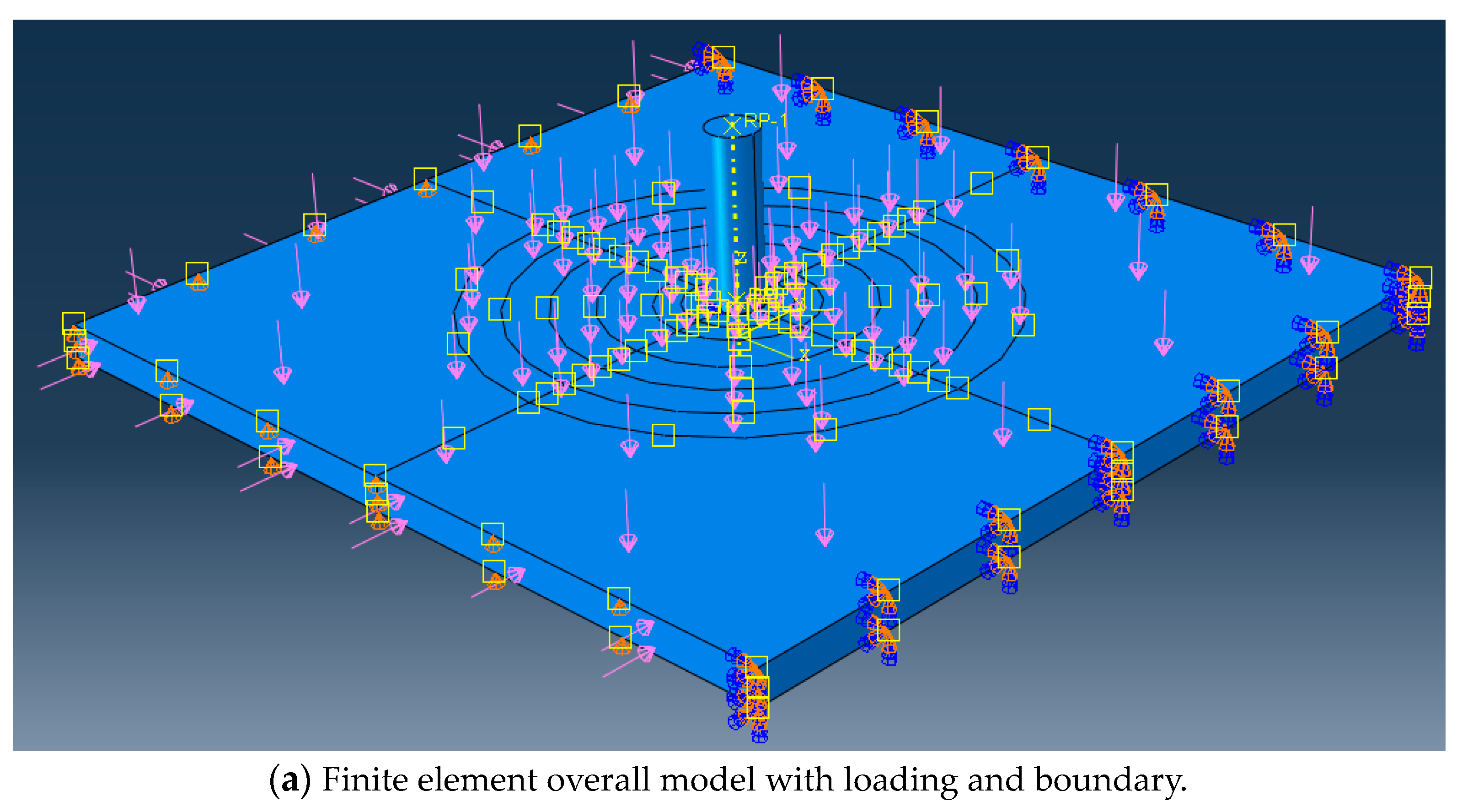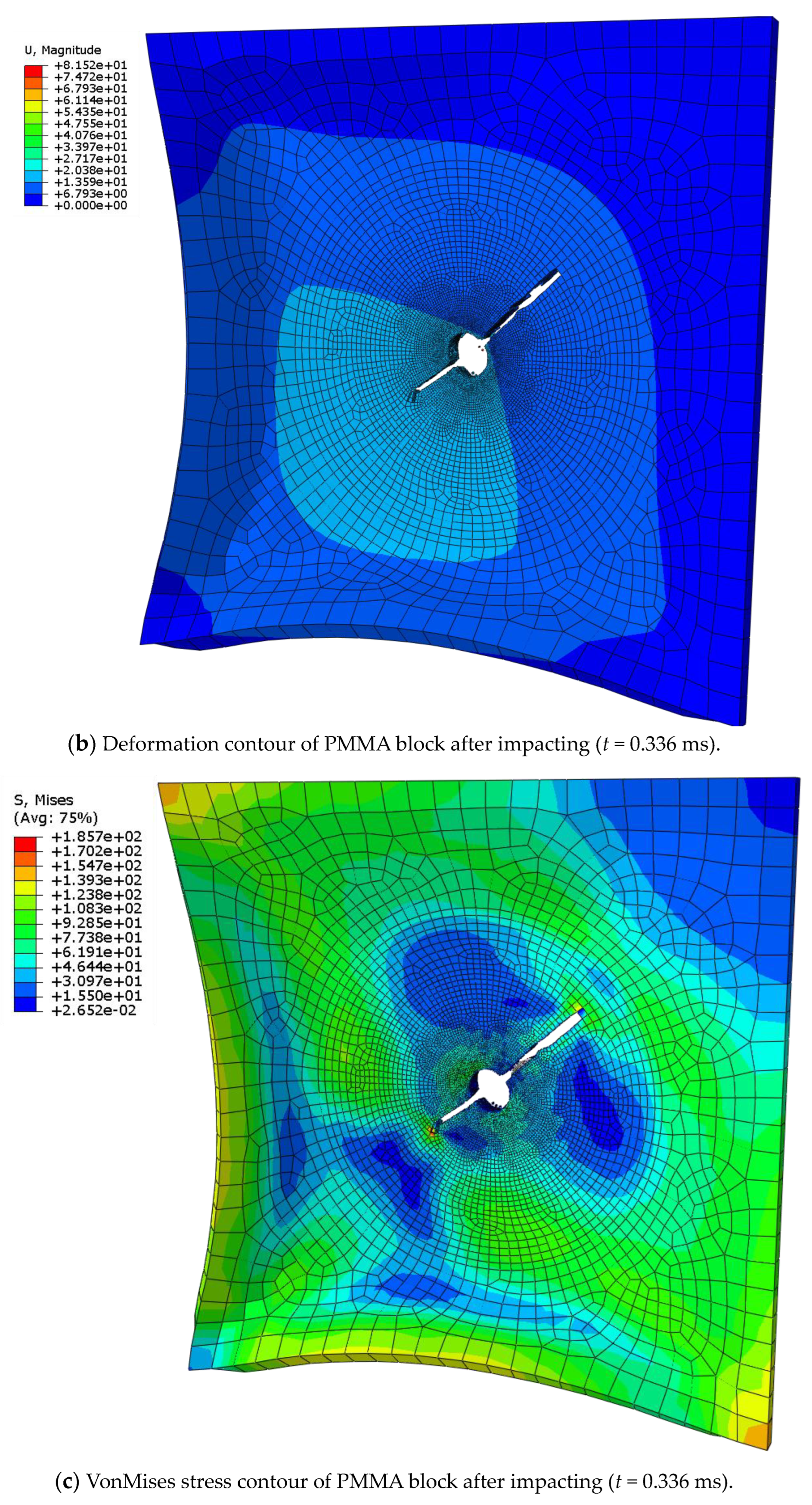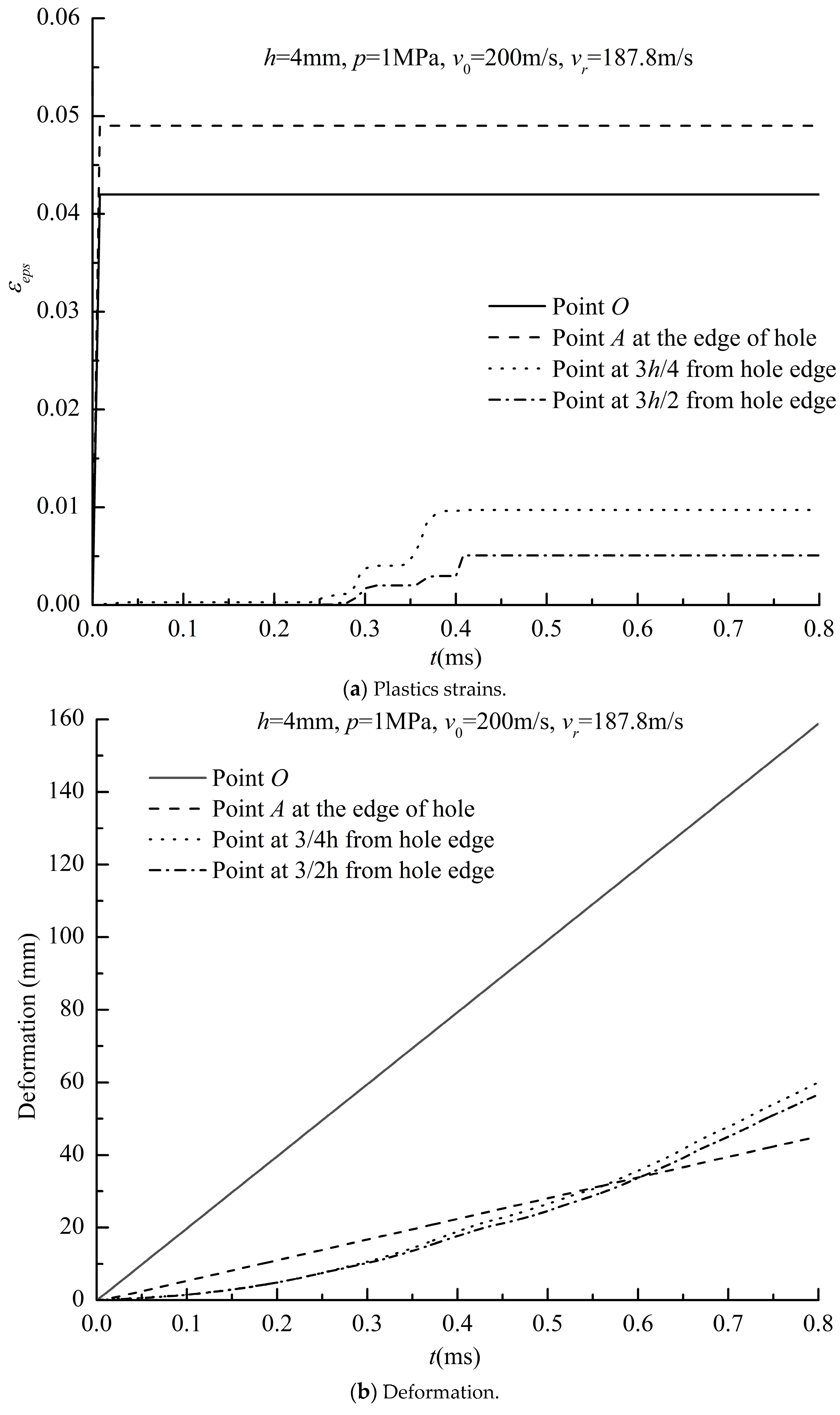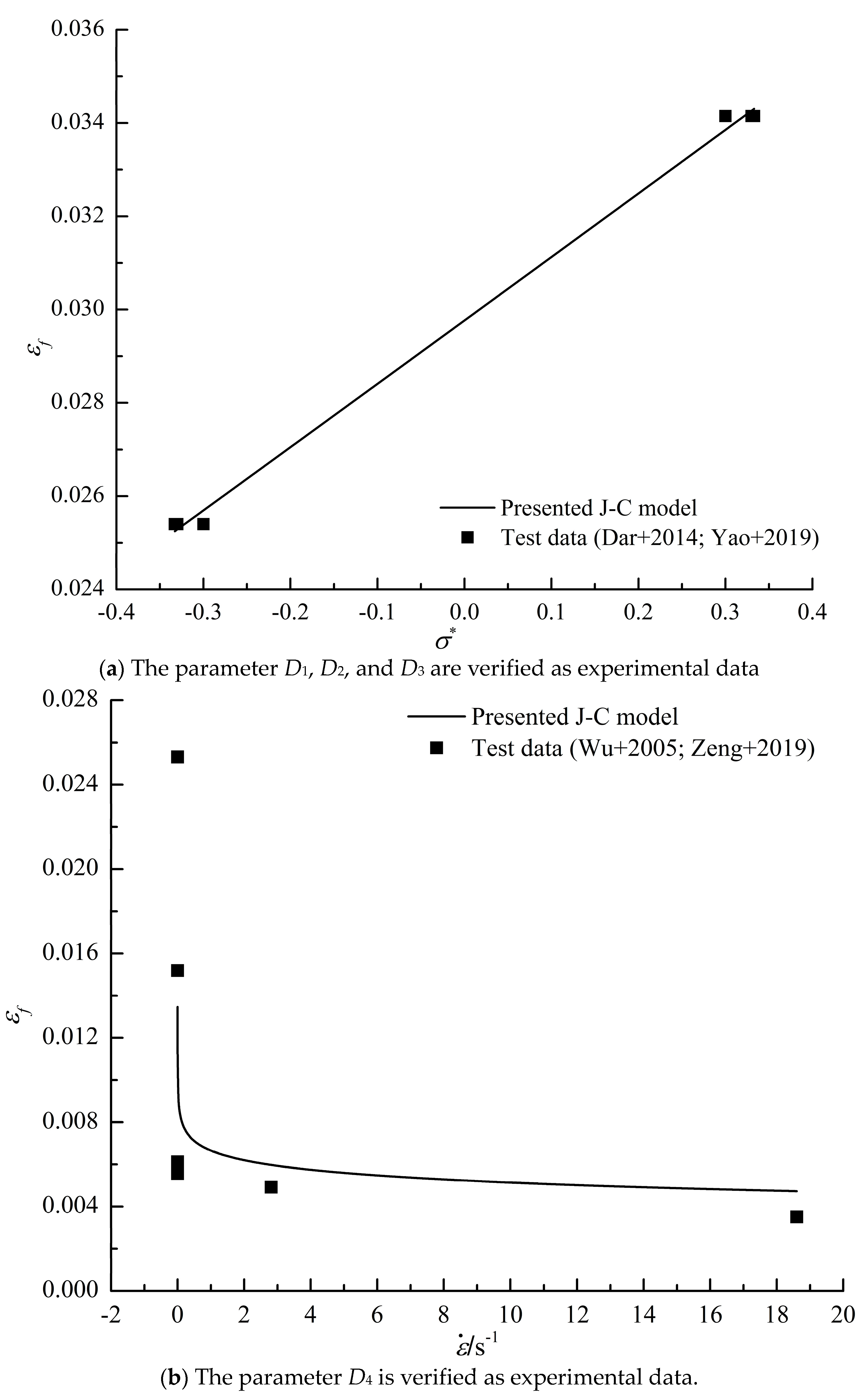1. Introduction
As a thermoplastic polymer, PMMA has good mechanical properties such as anti-aging, light weight, high transparency, and impact resistance. With today’s rapidly developing technology, and the speed of ocean development and aviation exploration, it is widely used in various fields such as mechanical manufacturing, construction, aviation, and biomedical applications [
1]. Currently, ocean exploration and the development of deep-sea equipment are receiving increasing attention from countries around the world, and have become a key development focus in the deep-sea field. For deep-sea equipment, transparent structures are increasingly being applied to meet the current multifunctional development needs of deep-sea vehicles [
2]. As important components of deep submersibles, such as transparent cabins or observation windows, structural design calculation methods for their strength or fatigue life are currently mainly based on theory, and numerical or experimental research [
3,
4,
5,
6]. In the complex marine environment and the current situation of ocean competition among countries around the world, collisions and impacts of deep-sea equipment are inevitable.
In impact analysis, the material properties of collision structures have a significant effect on the impact process and results, such as the constitutive model and damage model characteristics of materials. The Johnson–Cook constitutive model and damage failure model [
7] are theoretical methods proposed by two scholars, Johnson and Cook, in the 1980s and used widely in the field of impact collision. The authors conducted tensile and torsional tests on twelve kinds of materials at different strain rates and temperatures, and determined the J–C constitutive model parameters of these materials through numerical simulation and comparison of experimental results. Moreover, they proposed a fracture criterion that considers the effects of a large strain, high temperature, and high stress, and verified it through Taylor impact tests and numerical simulations. In the application of the J–C model, Liu [
8], for example, expressed the physical constitutive equation of normalized 50SiMnVB steel according to the J–C model, and the strain rate range was from quasi-static to dynamic. Guo [
9] modified the temperature softening term in the J–C constitutive model based on experimental results and proposed a modified J–C constitutive model for Q235 steel. For PMMA materials, Yu [
10] studied the dynamic mechanical properties of PMMA at room temperature based on SHPB experiments. Yao [
11] conducted compression experiments on organic glass specimens under quasi-static and impact conditions using an INSTRON electronic universal testing machine and a separate Hopkinson compression rod device. Wang [
12] obtained the constitutive relationship of organic glass by studying the effect of temperature on the quasi-static tensile mechanical properties of organic glass thick plates, using the nonlinear elastic partial expression of the ZWT model. Paul Moy [
13] et al. studied the room temperature uniaxial compression strain-rate response of PMMA in the strain rate range of 0.0001 s
−1~4300 s
−1.
With regards to the impacting problem, many researchers have focused on it in history. Kazarinov [
14] conducted experimental research on the velocity of PMMA thin plates under high-speed steel projectile penetration using LS-DYNA. Wu [
15] conducted experimental studies on the quasi-static and medium-strain-rate uniaxial tensile mechanical properties of PMMA using the MTS810 testing machine and the self-developed medium-strain-rate material-testing machine. For the damage behavior of the J–C failure model, Chen [
16] conducted quasi-static material mechanical property experiments and tensile SHPB experiments on 45 steel under different stress states and temperatures, and determined the parameters of the J–C failure model throughout experimental data. Shash and Zuzov [
17] simulated and studied the penetration process of different bullets in three kinds of aluminum plates with a modified constitutive J–C relationship and Cockcroft–Latham fracture criterion. Zeng [
18] conducted an experimental study on the nonlinear mechanical properties of PMMA under uniaxial tension based on the theory of damage mechanics, and proposed an improved Maxwell model that can describe the strain-rate dependent and viscoelastic damage behavior of PMMA to reveal the impact resistance of PMMA materials. It is noted that experimental and preliminary numerical methods [
19,
20,
21,
22,
23] have been proposed to study dynamic response of PMMA under quasi-static and dynamic loadings, such as different temperatures or tensile or compressive forces.
Therefore, this article aims to study the structural performance of underwater transparent pressure-resistant shells under impact, focusing on numerical simulation models based on J–C constitutive and damage models. The J–C constitutive and damage models of PMMA materials are determined by material specimen test data and the least squares method, and verified through PMMA plate specimen impact tests. Finally, the impact performance of pressure-resistant structures under static water pressure under impact is revealed.
2. Problem and Structural Modeling
In underwater engineering, especially in deep-sea engineering, due to the advantages of uniform force distribution, spherical structures are one of the most commonly used pressure-resistant hulls, as shown in
Figure 1 (bottom).
In order to simplify the impact problem of spherical shells for research purposes, this article will focus on the dynamic situation of concentrated impact loading onto the spherical shell, where the size of the impact body (projectile) is relatively far smaller compared with the spherical hull size. Therefore, according to the theory of plate and shell [
24], in the local size region, the spherical shell surface could be simplified as a relatively flat plate. Then, the spherical shell under concentrative impact loading could be reduced to the plate structure impacted by a projectile. Thus, the proposed structural model is shown in
Figure 1 (top).
The meanings of various structural parameter variables are defined, respectively, as: in
Figure 1 (bottom),
D is the diameter of the sphere,
h is the thickness of the sphere,
p is the acting external pressure, and
σ is the internal stress under loading. In
Figure 1 (top),
a and
b are the lengths of the blocks in the
x and
y directions (the coordinate system is shown in figure) respectively, while
h is the thickness of the block, which is equal to the thickness of the sphere. Moreover,
σx and
σy are the internal stresses of the plate in two axis directions under acting pressure
p, and
d and
l are the diameter and length of the steel bullet, respectively, with initial velocity
v0.
3. J–C Constitutive Model and Damage Failure Model
Generally, in finite element collision simulation analysis, different models are used for the constitutive and damage models of PMMA [
18,
19], while Johnson and Cook explored the unity of material constitutive and damage models.
3.1. J–C Constitutive Model
The Johnson–Cook constitutive model focuses on describing the nonlinear stress–strain relationship of materials entering hyper elasticity, and the specific expression is as follows [
2]
In the formula, σ is the stress; ε is the plastic strain; represents the strain rate; and T* represents the relative dimensionless temperature parameter at the current temperature (T* = (T − Tr)/(Tm − Tr)), where Tr is the room temperature and Tm is the reference temperature. The physical meaning of each parameter is: A represents the yield strength of the material; B and n represent material strain-strengthening parameters; C represents the empirical strain-rate sensitivity coefficient; and m represents the temperature-softening effect. It is the reference strain rate of the constitutive model, usually taken as the strain rate of 10−3 s−1 in the quasi-static state.
When the temperature effect is not considered, the temperature remains at room temperature; that is, at this point, Equation (1) of the J–C model will become
Based on the tensile/compressive test data of materials under different strains at room temperature, the least squares method can be used to determine the parameters of the J–C constitutive model of materials at room temperature. Under room temperature conditions, the values of
A,
B, and
n are determined based on the curves obtained from material compression/tensile tests at strain rates. At this point, Equation (2) becomes
Take the logarithm of both ends of Equation (3), with
And let
,
, by substituting it into Equation (3), we obtain
Similarly, for the initial plastic strain moment (
ε = 0) at different strain rates, i.e., Equation (2) becomes
By substituting
z=
ε/
A − 1 into Equation (7), it can be obtained that
Therefore, the least squares method (LSM) for data processing of Equations (5) and (8) can ultimately determine parameters A, B, n, and C.
3.2. J–C Damage Model
According to the definition of the J–C damage model [
7], considering the effects of stress triaxiality, strain rate, and temperature, the model parameters have clear meanings and can be determined through experiments. Therefore, it is widely used in many studies related to material failure and failure. The J–C model first defines damage as
In the equation,
D is the damage parameter factor, with a range of 0 to 1. At the beginning,
D = 0. When
D = 1, the material begins to fail. Δ
εp is the plastic strain increment within a time step, and
εf is the failure strain under the combined action of the current time-step stress state, strain rate, and temperature. The equivalent plastic strain expression at the beginning of the damage is as follows [
7]
Here D1–D5 is the failure parameter of the material, while σ* = pt/σeff = −σkk/σeff = −Rσ, pt is the pressure, σeff is the equivalent stress, Rσ is the stress triaxiality, is the dimensionless plastic strain rate, is the reference plastic strain rate, and T* is the same as Equation (1).
For the damage model, Equation (9), the first term reflects the influence of stress triaxiality, which is expressed in exponential form and controlled by D2 and D3. The equivalent plastic strain at the beginning of most material damage decreases with the increase of stress triaxiality, so a positive value, D3, is often taken. Compared with the commonly used equivalent strain failure rule, this model can reflect the effect of tensile and compressive stresses on material failure more effectively. The failure effect becomes smaller during tension, and the opposite is true: during compression, the failure strain is relatively large.
The second item reflects the influence of strain rate. Under the same stress state, the failure strain is linearly related to the logarithm of strain rate. By adjusting parameter D4, a practical relationship between strain rate and failure strain can be obtained.
The third item reflects the influence of temperature, and, at the same strain rate, the failure strain is linearly related to dimensionless temperature.
4. Collision Finite Element Model
This article applies the Lagrange method [
25,
26] in the finite element simulation analysis of simulated collision processes, which applies the material J–C constitutive and damage failure models discussed in the previous section to the high-speed collision process, fully considering the collision contact boundary and energy loss.
According to the simplified model of the second water-saving collision problem—the model of square plates being impacted by bullets, and for the study of PMMA square plates being impacted by bullets—Kazarinov [
14] studied the impact test and numerical simulation (in LS-DYNA) of this problem in an air environment, and tested PMMA plate size:
a =
b = 100 mm,
h = 4 mm~10 mm; and bullet size:
d = 6 mm and
l = 20 mm, as shown in
Figure 1. The mechanical and physical properties of PMMA sheets and steel bullet materials are shown in
Table 1.
Therefore, in order to verify the accuracy of the impact method based on the J–C constitutive and damage failure models constructed in this article, a finite element model with corresponding geometric dimensions [
14] was established based on the ABAQUS platform, in order to obtain explicit analysis. Furthermore, three-dimensional solid elements were selected, and the local division of the finite element model mesh and the overall model are shown in
Figure 2. In order to simulate the damage and fracture of materials in the impact area better, the central element mesh of the square plate is meshed finely. In finite element simulation research, the boundary constraint conditions of PMMA board are shown in
Table 2. Compared with PMMA plates, bullets are rigid bodies with only axial degrees of freedom (velocity) perpendicular to the plane direction of the plate.
6. Impact Analysis of PMMA Plate under Pressure
For the problem of underwater penetration by concentrated loads, based on the simplification of the previous section, this paper studies the problem of plate penetration by concentrated loads. According to the shell theory, the internal stress,
σ, of the spherical structure of a carrier or deep submersible under external uniform pressure is
Therefore, in order to consider the response of external pressure and simulate the membrane stress state of underwater pressure-resistant spherical shells, in the simplified finite element simulation calculation of the plate structure in the previous section, the surface pressure,
p, effect of the square plate will be added here, and, in addition to applying displacement constraints on the boundary, internal force stress boundary conditions still need to be added; that is, in
Table 2, the compressive stress,
σx, is added at
x =
a/2 as a force boundary.
And at
y =
b/2, adding the compressive stress,
σy, as a force boundary
To increase comparability, the size of the PMMA square plate in the previous section was applied to the deep-sea spherical transparent glass structure, D = 2000 mm. A finite element model was constructed, and impact dynamics calculations were conducted by integrating the J–C constitutive and damage failure models. Finally, the dynamic response of the PMMA square plate under pressure to bullet impact penetration was obtained.
Figure 11a shows the loadings and boundary of the finite element model. After dynamic numerical analysis,
Figure 11b proposes the deformation contour of the PMMA plate after impacting, while
Figure 11c shows the equivalent stress contour and damage situation of the PMMA plate after bullet impact penetration. From these figures, it can be obviously seen that, due to external pressure, the PMMA block is more severely damaged than that under no pressure (seen as
Figure 9a).
Figure 12 shows the residual velocity of a bullet with an initial velocity of
v0 = 200 m/s under different pressures penetrating PMMA square plates with different thicknesses. From this figure, it can be found that, as the external pressure increases, the residual velocity of the bullet also increases, which indicates that the square plate PMMA structure reduces its impact resistance to bullet penetration due to its resistance to the pressure loading.
Moreover, the residual velocity of three different thicknesses of PMMA plates under bullet impact penetration with initial velocity
v0 = 200 m/s was studied as a function of external pressure, as shown in
Figure 13. As shown in the figure, when the external pressure increases, the residual velocity will increase too, and, as the thickness of the plate increases, the residual velocity increases more severely. The effect of surface external pressure on the thick plate is more obvious.
For the structural damage deformation and strain caused by bullet impact penetration on the PMMA block,
Figure 14 shows the variation history of the structural deformation and plastic strain at different positions during the impact penetration process of the PMMA board with
h = 4 mm over time. From these figures, it can be seen obviously that the plastic strain caused by tearing damage at the edge of the hole is relatively large, even greater than the plastic strain at the center of the hole that was knocked out as a whole; the plastic strain in the area far from the bullet hole appears later and is numerically smaller.
7. Summary and Conclusions
In this paper, based on the J–C constitutive and damage models, a finite element calculation model for collision is built, and the parameters of the J–C model are verified using different materials. After verification using the test of bullet impacting a PMMA plate, a simplified model was constructed for the dynamic analysis of a spherical hull under concentrated impact loadings in the underwater state, and series of numerical calculations were carried out accordingly. The main findings of the article are as follows:
(1) The least squares method (LSM) is developed to determinate the parameters of the J–C constitutive and damage models. After comparing with test data and reference [
8] results, respectively, the presented LSM was confirmed and also applied to determinate PMMA materials in the J–C model at different strain rates.
(2) Based on the J–C constitutive and damage models, a numerical model of plate with bullet impacting is obtained on Abaqus software. Moreover, for different thicknesses of plates and initial velocities of bullets, the presented numerical results with the J–C model could have a good agreement with test data and even with numerical results from LS-DYNA.
(3) From the theory of plate and shell, a plate with bullet impact is simplified to simulate the spherical hull under impact loading. The numerical results show that the residual velocity with pressure is larger than that without pressure, and it also raises when the pressure increases. Deformation of the impacted block is larger and more serious too. Such a pressure effect will be more obvious for the thick plate.
